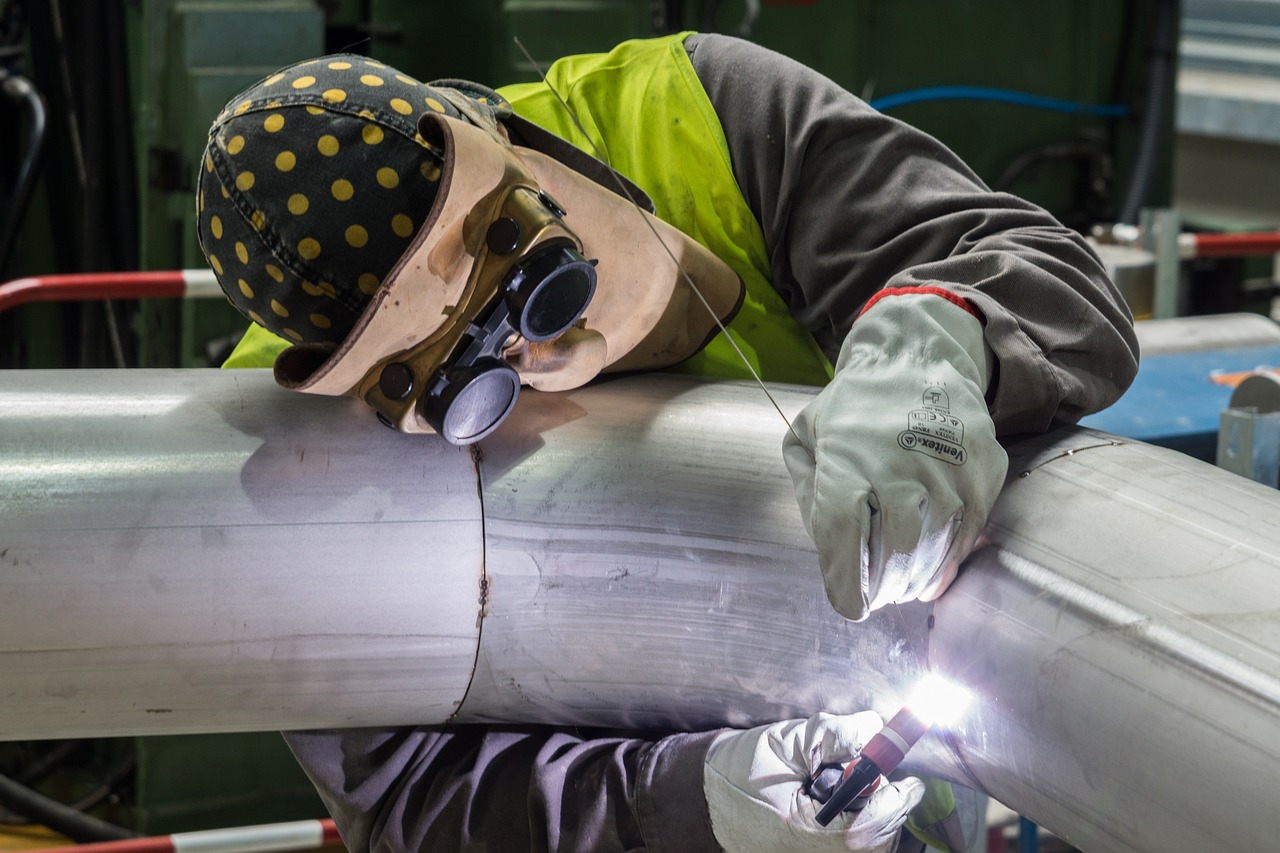The Dream of Homeownership Slipping Away

Imagine saving every penny for decades, only to watch house prices skyrocket beyond your reach. The U.S. homeownership rate declined to 65.7% in the last quarter of 2023, representing a 0.3 percentage-point drop from the third quarter and 3.5 percentage points lower than the peak of 69.2% in 2004. For younger Americans under 35, the situation is even more dire, with homeownership rates dropping to 37.4% in the second quarter of 2024 – the lowest level in four years. Mortgage interest rates have nearly tripled from around 3 percent during the pandemic to 8 percent in October 2023, and even at current rates of 6.46 percent, they’re still not buyer friendly. The average monthly payment on a new mortgage would take over one-third (34.4 percent) of a borrower’s income using the national median. Perhaps most telling, 56% of millennial homeowners have regrets about purchasing their homes, with maintenance and hidden costs being the biggest culprits.
A College Education That Guarantees Success

Student loan debt in the United States totals $1.777 trillion, with outstanding federal student loan balance at $1.693 trillion affecting 42.7 million student borrowers. According to Federal Student Aid, borrowers’ average student loan debt was $38,375 at the end of 2024, about $1,000 more than the average student loan debt of 2023 and close to twice the average student debt of 2008. While 57% of Americans think four-year college is worth the cost, 30% of those who took out student loan debt for themselves don’t think that their college education was worth the debt. Only 44 percent of those with student loans who completed at least an associate degree said the benefits of their education exceeded the costs, compared to 68 percent of adults with an associate degree or higher who had either completely paid off their student loans or never had debt. The student debt crisis has become a barrier preventing borrowers from achieving financial stability and other milestones, such as homeownership.
Stable Employment for Life

The fastest-growing jobs between now and the end of the decade include big data specialists, fintech engineers and AI and machine learning specialists, while various clerical roles and administrative assistants are declining quickly. Workers can expect that two-fifths (39%) of their existing skill sets will be transformed or become outdated over the 2025-2030 period, though this measure of “skill instability” has slowed from 44% in 2023. Software development jobs are down 33% compared to pre-pandemic numbers, and notably, federal government jobs have been on the chopping block under the Trump administration, with what was once considered a “bastion of safety” no longer being a safe career option. The job market is a source of growing anxiety as we head into 2025, with headlines about layoffs, inflation, and advancing AI painting a picture of uncertainty and instability, though these challenges also present opportunities for those willing to adapt. Workers’ sense of job security is virtually unchanged from 2022, when 69% said they had at least a fair amount of job security.
A Comfortable Retirement with Dignity

When asked if the nation faces a retirement crisis, 79 percent of Americans agree there indeed is a retirement crisis, up from 67 percent in 2020, with more than half of Americans (55 percent) concerned that they cannot achieve financial security in retirement. The median 401(k) balance was $35,286 in 2023, representing the typical participant, which underscores that many Americans have insufficient retirement savings. Eighty percent of households with older adults—or 47 million—are financially struggling or are at risk of falling into economic insecurity in retirement, with nearly 50% of adults 60 and older having household incomes below the Elder Index value for where they lived, meaning their average income was below the standard needed to afford basic needs. The move away from pensions is a major culprit in the nation’s retirement crisis, as while 401(k) plans are an important part of the retirement equation, they just weren’t designed to replace pensions. Millions of Americans lack access to employer-provided retirement plans, even though workers are 15 times more likely to save for retirement if they can do so through payroll deduction.
Financial Security Through Hard Work

According to a recent Pew Research Center survey, 41% of Americans say the American dream was once possible for people to achieve but is not anymore, while 6% say it was never possible. The percentage of people who said the American Dream is “out of reach” increased from 24% to 32% in 2024, continuing a trend of growing pessimism from 18% in 2022 to 24% in 2023. In just seven years, Gen Z Americans are now three times more likely to report that the American Dream is out of reach, jumping from 11% in 2017 to 36% in 2024, while the number of Millennials who report that the American Dream is out of reach nearly quadrupled, from 9% in 2017 to 35% in 2024. According to a Moody’s Analytics report from February, the richest 10 percent of Americans drove half of all US consumer spending between September 2023 and September 2024, creating an economy in which the consumer habits of the wealthiest 10 percent have an outsized influence compared with the bottom 300 million Americans. Large shares of workers say their pay is too low for the quality (71%) or amount (70%) of work they do, with 54% saying a major reason they are dissatisfied is that they don’t earn enough to pay their bills.
Starting a Business and Becoming an Entrepreneur

The entrepreneurial spirit that once defined America is facing unprecedented headwinds. According to Investopedia’s 2024 report, the cost of achieving the American Dream is now $4.4 million over the course of a lifetime. Rising costs of basic necessities, healthcare, and education are making it nearly impossible for aspiring entrepreneurs to take the financial risks needed to start a business. Small business owners face mounting regulatory burdens and increased competition from large corporations that can weather economic storms better than independent ventures. The traditional pathway of working hard, saving money, and then investing in a business has become increasingly difficult when most Americans are living paycheck to paycheck. Access to capital remains limited for many would-be entrepreneurs, especially those from minority communities who face additional systemic barriers to funding. The gig economy, while providing some opportunities, often lacks the benefits and security that traditional employment once offered, making entrepreneurship feel more like survival than opportunity.
Upward Social Mobility for Your Children

The percentage of Americans who believe they have fewer opportunities than their parents has increased, while the percentage who believe their children will have fewer opportunities increased from 18% in 2023 to 21% in 2024. Americans are less likely to earn more than their parents, and while upward mobility hasn’t completely disappeared, it’s becoming less accessible, with some middle class Americans still managing to pull themselves up, but it’s not as broad-based as in the past. A 2023 paper found that intergenerational poverty in the U.S. is four times stronger than in Denmark and Germany, and twice as strong as in Australia and the UK, with an American child who grows up in poverty having “a 43 percentage point higher mean poverty exposure during early adulthood” than those without childhood poverty exposure. A January 2025 survey from UCLA found that 86% of young Americans “want to achieve the American dream in some capacity — but indicate finances are a significant barrier,” with 71% saying that this difficulty makes it harder for them to find happiness. Black and African American college graduates owe an average of $25,000 more in student loan debt than White college graduates, with 46% of Black student borrowers reporting they delayed buying a home as a direct result of student loan debt.
The Traditional Nuclear Family with One Provider

The classic image of a single breadwinner supporting an entire family has become almost mythical in today’s economy. More U.S. adults are living paycheck to paycheck now than in 2023. Both parents working has become a necessity rather than a choice for most families, as the cost of living has outpaced wage growth dramatically. Housing, healthcare, childcare, and education costs have all risen faster than median household income, making it nearly impossible for one income to support a family of four. Even dual-income households struggle to maintain the lifestyle that previous generations achieved with a single earner. The emotional and social costs are significant – children spending more time in daycare, parents working longer hours, and families having less time together. What was once a choice about family structure has become an economic imperative, fundamentally changing the American family dynamic and challenging traditional notions of work-life balance.
The End of the Three-Pillar Retirement System

More than three-fourths of Americans have a favorable view of pensions, while 77 percent agree that the disappearance of pensions makes it harder to achieve the American Dream, with 83 percent saying that all workers should have a pension so they can be independent and self-reliant in retirement. The traditional three-pillar retirement system of employer pensions, Social Security, and personal savings has largely collapsed for most Americans. Only 10% of American workers were members of a labor union in 2024, down from 20% in 1983. Nearly all Americans (87 percent) agree Congress should act now to shore up Social Security funding rather than waiting ten years, with 90 percent saying it should be a priority for the next president and Congress to tackle Social Security’s funding shortfall. Social Security COLAs often fail to keep pace with real inflation, especially after factoring in rising Medicare Part B premiums, meaning retirees should avoid relying on COLAs to offset inflationary pressures. The shift from defined benefit pensions to 401(k) plans has transferred all investment risk from employers to employees, many of whom lack the financial literacy to manage their retirement investments effectively.
Living the Dream Without Going Into Debt

Twenty-four percent of indebted student borrowers have debt related to their education besides student loan debt, with 4% using home equity loans and 11% using other types of loans to pay for their education. The American Dream has become synonymous with debt accumulation rather than wealth building. Young adults graduate from college with massive student loans, then take on mortgage debt for homeownership, car loans for transportation, and credit card debt for basic living expenses. More than half of U.S. adults who have borrowed for their education (59 percent) say that student loan debt has caused them to put off making important financial decisions. What previous generations could achieve through savings and gradual accumulation now requires immediate borrowing against future earnings. This debt-driven approach to achieving life milestones creates a cycle where Americans spend decades paying for dreams they achieved years earlier, leaving little room for true wealth accumulation or financial independence. The psychological burden of constant debt payments has fundamentally changed how Americans view success and security.
Did you expect that the land of opportunity would become the land of unaffordable dreams?








